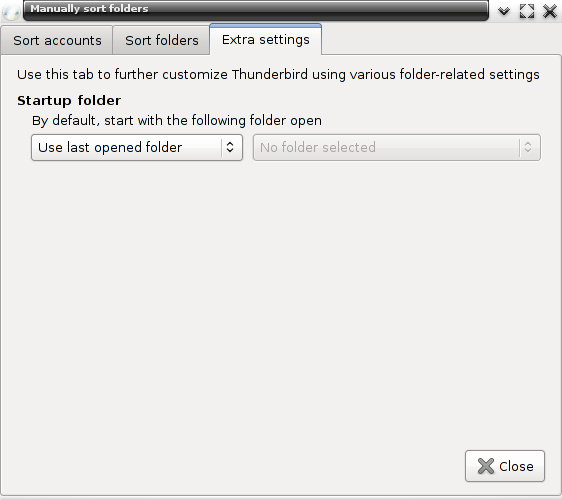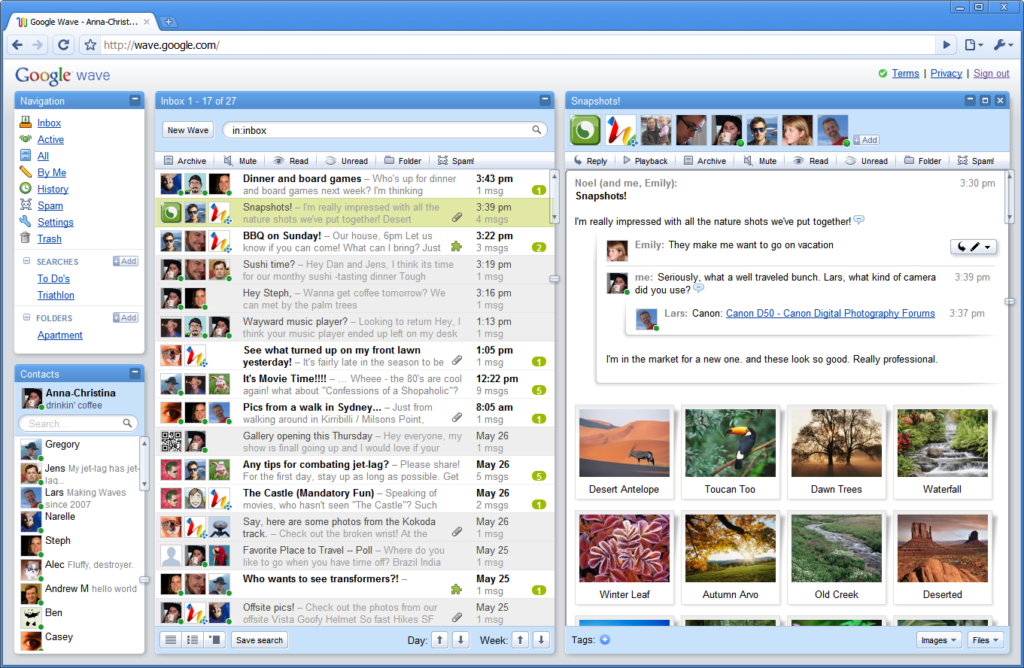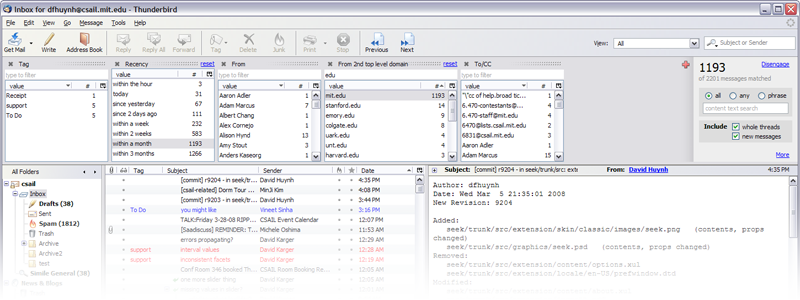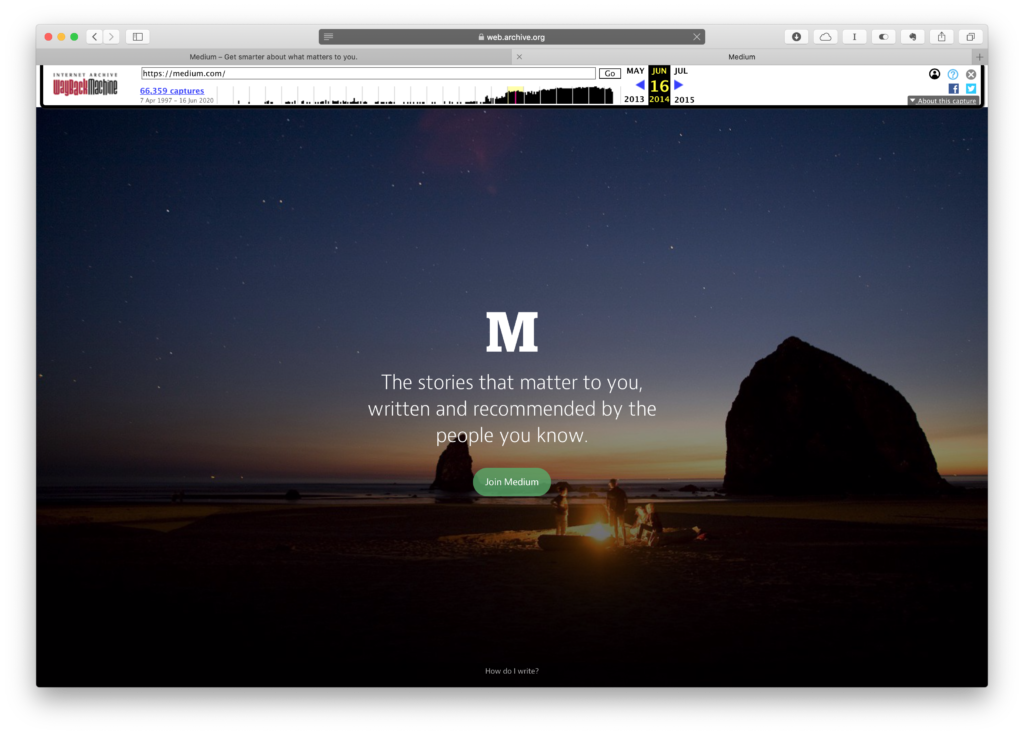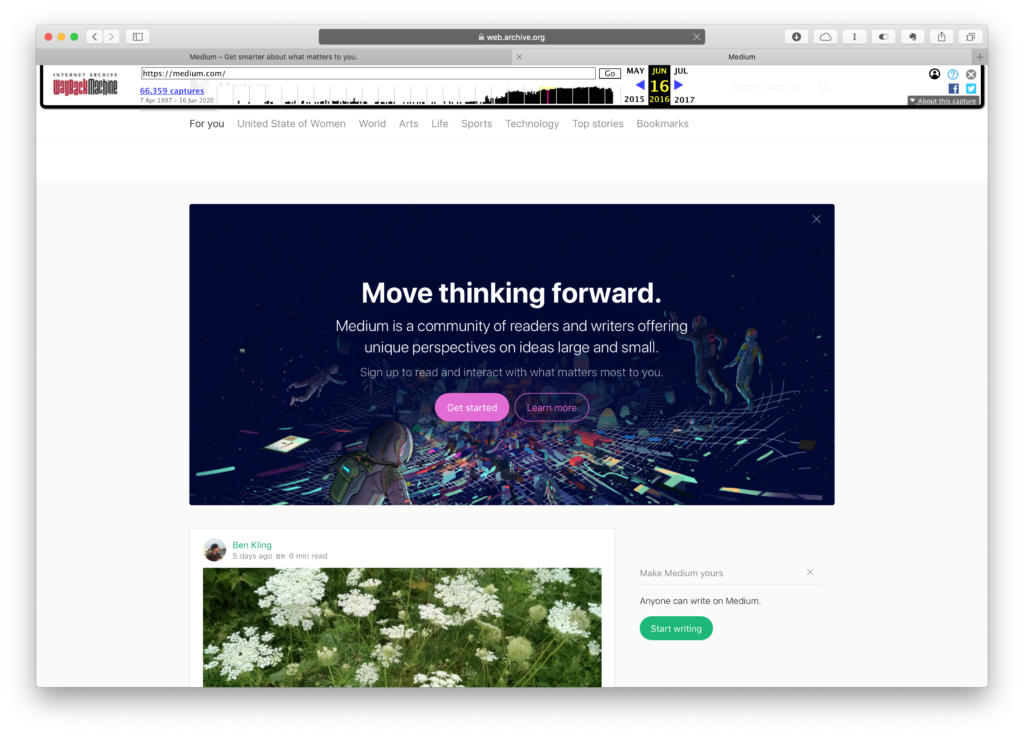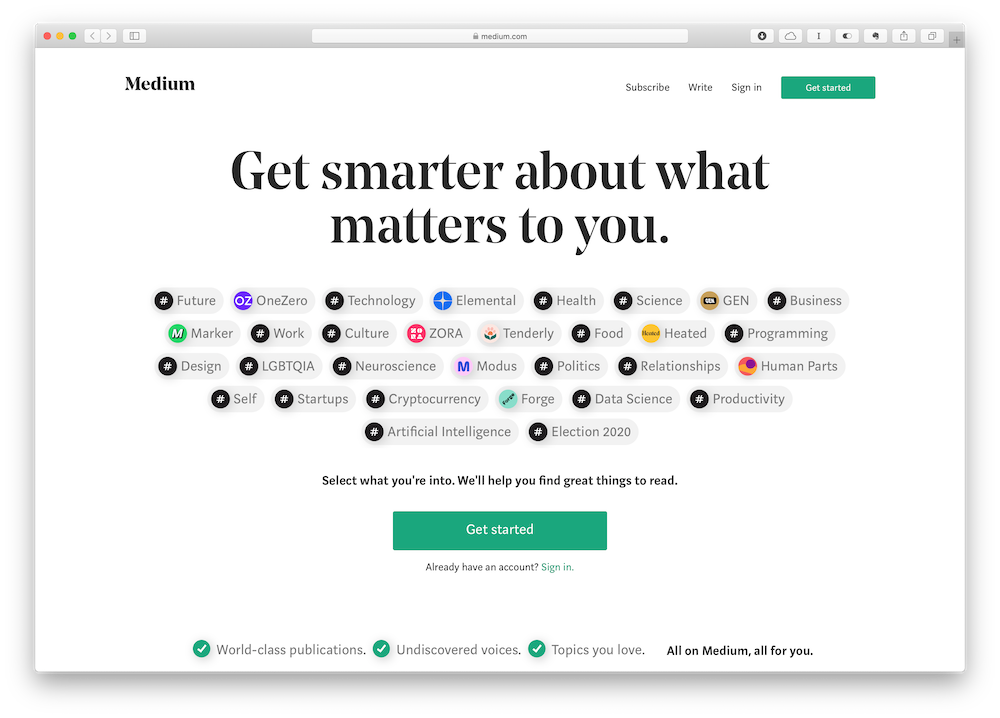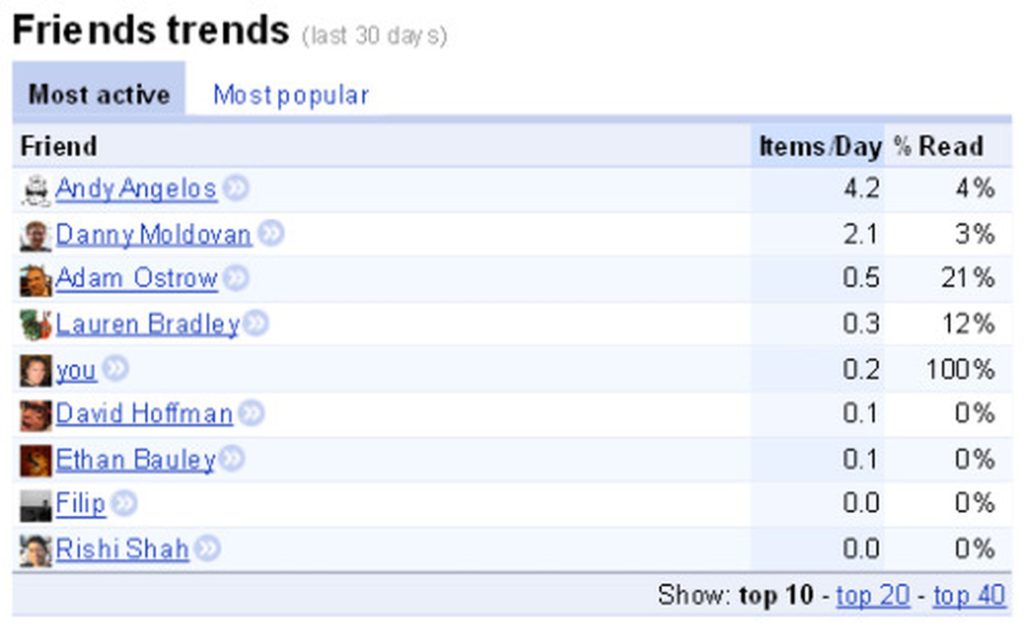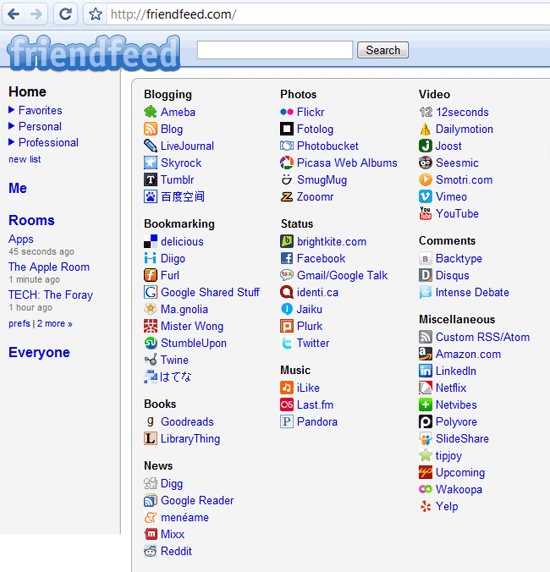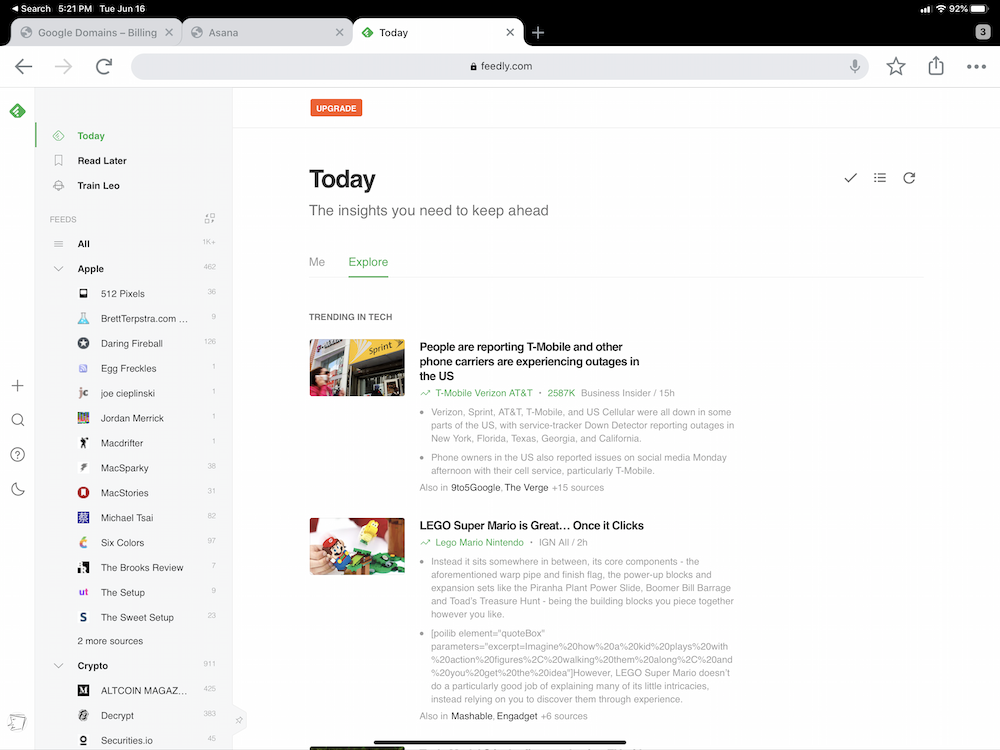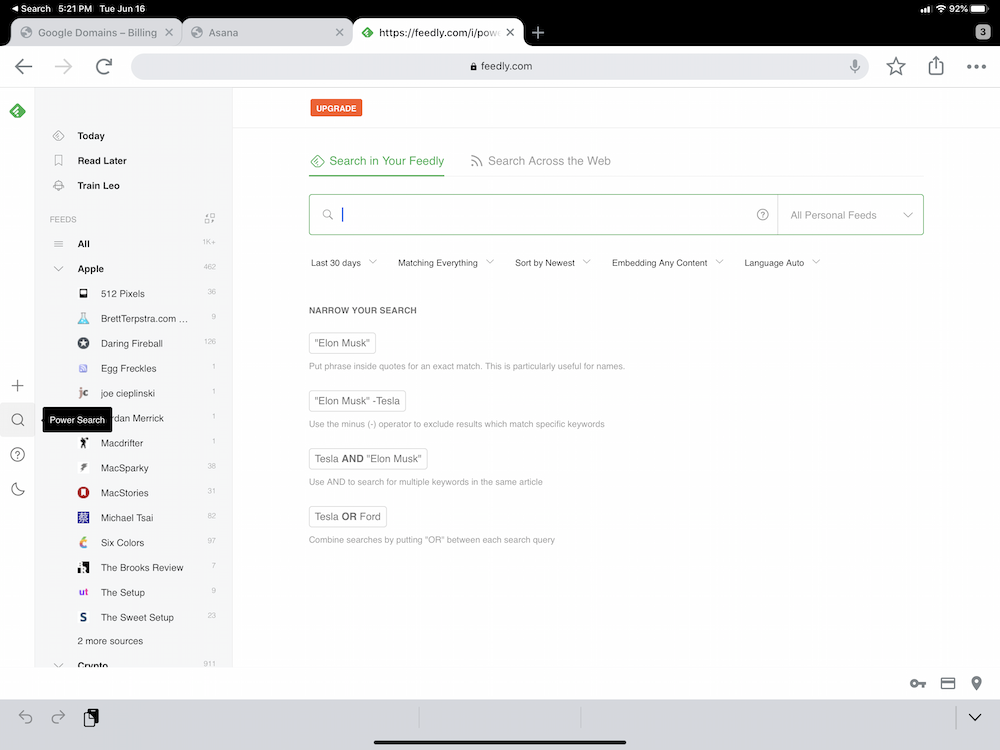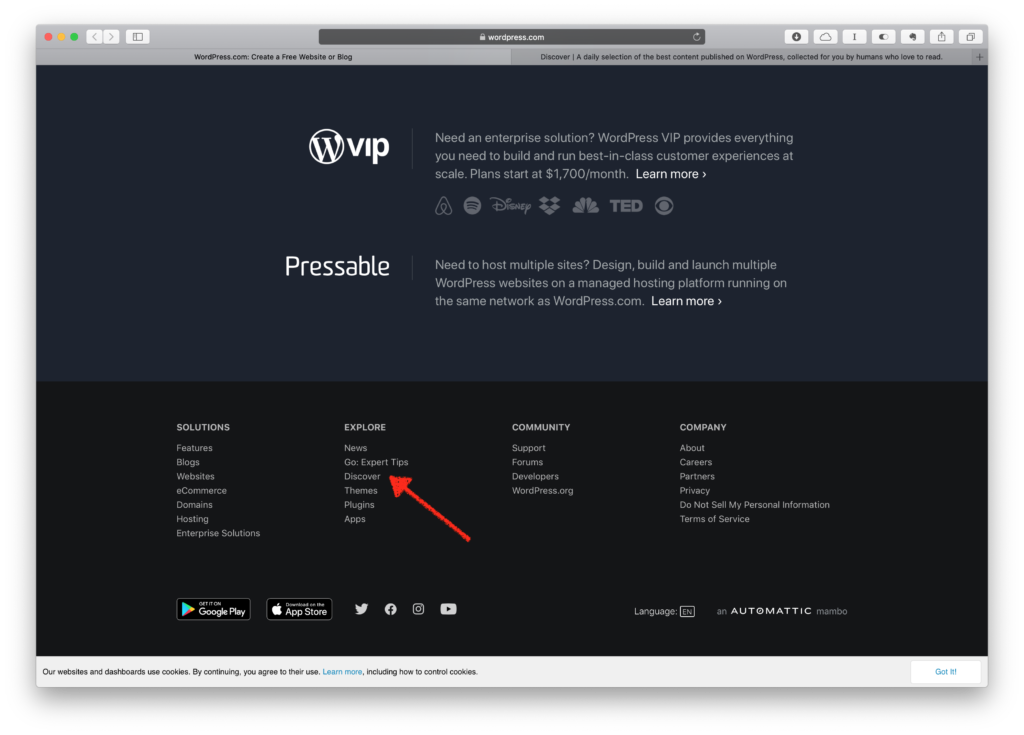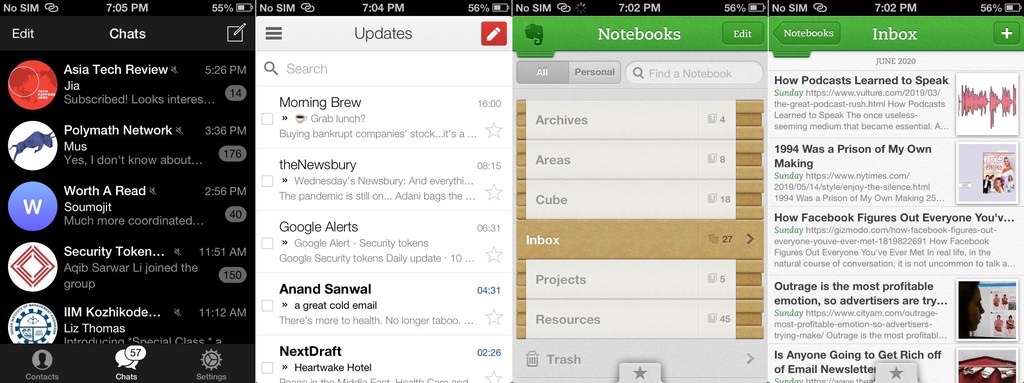I finally got around to reading a blog post a close friend had recommended in Feb 2019. It references a book by the academic and productivity blogger Cal Newport:
Last year Cal Newport convinced 1600 people to completely change their lives. He asked them to take a 30-day break from the optional technologies in their lives. Unless not using it would get you fired, divorced, or cause the people you love to spontaneously burst into flame, it was out. Say goodbye to Facebook, Instagram and Twitter for a month.
People’s lives improved, they were happier and ended up spending more quality time with family and friends. You’ve read similar results in a few other places before, I’m sure.
It’s what the writer then describes that struck me:
The real problem is “reverse FOMO”. You’re not missing out on anything online. But by always being online you’re missing out on life.
and even more so this:
The ability to lift your phone at any moment is slicing good hours into time confetti. It’s preventing us from accomplishing big things and focusing…
I’ve known this for a long time and have never taken action on it. I spend a lot of time on Twitter and Reddit: acording to iOS’ Screen Time tracking feature, over the last week I have used my Reddit app an average of 100 minutes a day, and my Twitter apps an average of 65 minutes a day.
Now I derive great joy from these sites. I have been ruthless on both about cutting out negativity, blocking people and keywords aggressively.
But it’s still over two hours. And it’s fragmented. And I’ve often struggled to find time to read my RSS feeds and newsletters, my backlog of saved articles in Instapaper and Pocket, and write and build up this website according to plans that have been in the works forever.
So I’m going to give Cal Newport’s 30-day challenge a shot: 20 June to the beginning of 20 July 2020. It’s not as much a challenge for me as a test to see if this leads to a clearer mind, more focused time and progress towards my plans.
I will continue reading, both online and books, but deliberately and in pre-carved chunks of time. I will continue writing on this site. And occasionally reflect on what, if any, difference the Twitter and Reddit isolation has made.
Here’s wishing me luck.

